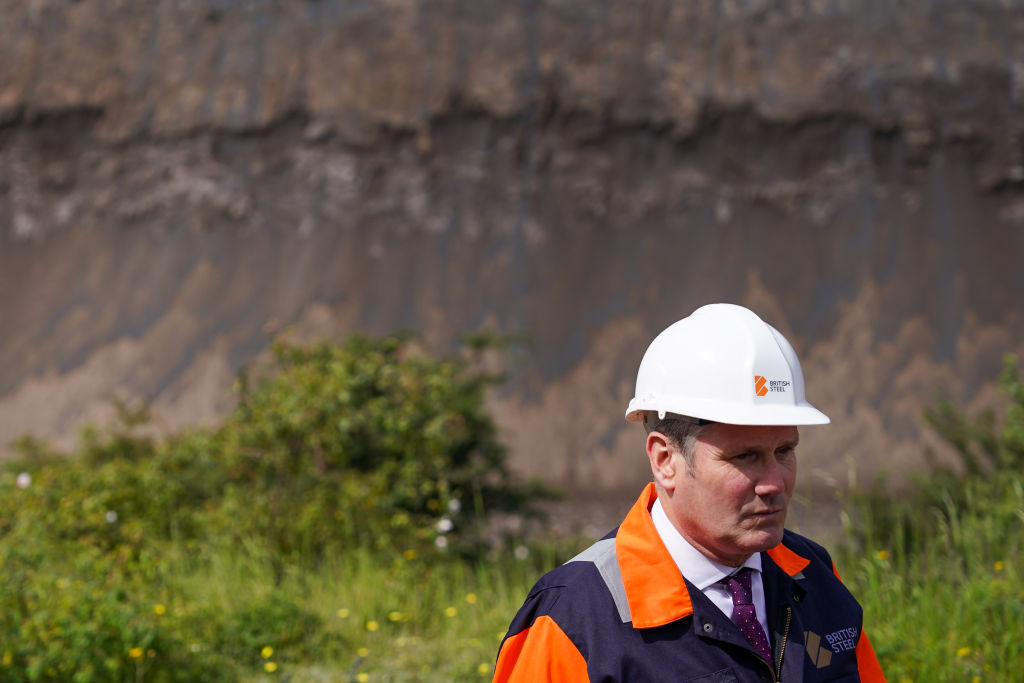Explainer-in-brief: Can Keir Starmer cut planning times for onshore wind?

Politics is very often about jargon and buzzwords, and the most frequent these days seems to be the commitment to turn Britain into a “superpower” of some sort. The country should be a “tech superpower”, an “AI superpower”, and today an “energy superpower” too, as Keir Starmer launches his bid for a future in which we mainly use clean energy.
Starmer wants to “cut bills, create jobs and provide energy security” with his plans for clean energy. Obviously this is easier said than done. But his commitment to scrap local vetoes on new wind farms is a sign that Labour might finally be going exactly in the right direction on energy – and on much more.
Currently, local communities can veto onshore wind farms near where they live. It was Rishi Sunak who re-introduced this measure. Starmer instead wants to face off the Nimbys, and believes local communities should be convinced of the need for a wind farm near their homes because the case for it is clear: lower energy bills for the long-term. He believes planning approval times to be way too long, and has pledged to cut them from years to months.
He is right in saying that as long as local vetoes are permitted, people up and down the country will say they’re in favour of clean energy, they just don’t want the energy plant in their backyard.
This is exactly what happens with housing too: barely anyone would confess to being against new housing, as it’s crystal clear that’s what Britain needs to exit the housing crisis, but a lot of people don’t want these new houses in their backyard. And so the new homes never get built.
The Tony Blair Institute for Global Change has backed Starmer’s plans, arguing that we need to double grid capacity and triple renewable energy generation, and the way to do it is by changing our planning system.
In a series of reports out today, it said if the next government doesn’t change course the UK “will not deliver enough renewable power to decarbonise the electricity grid until 2062”. It suggests including onshore wind farms under the definition of “nationally significant infrastructure” and streamlining community involvement in the planning system.
Starmer’s call is right – and if the Labour leader is willing to go far enough on other planning issues as well, like he has promised he would do with housing, he could win key votes at the next election. That’s because for one person who’s against a new wind farm, there will always be one who’s in favour.